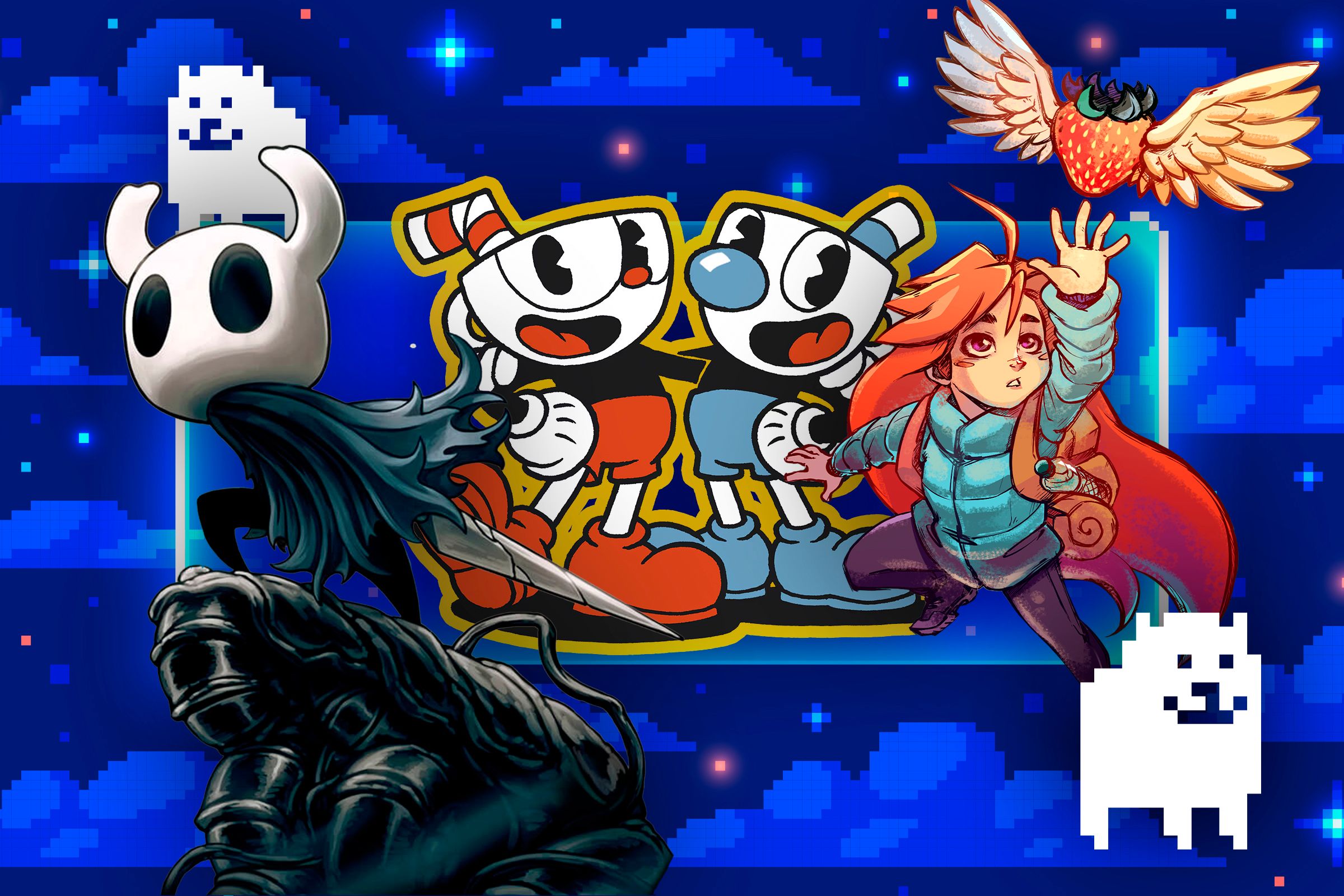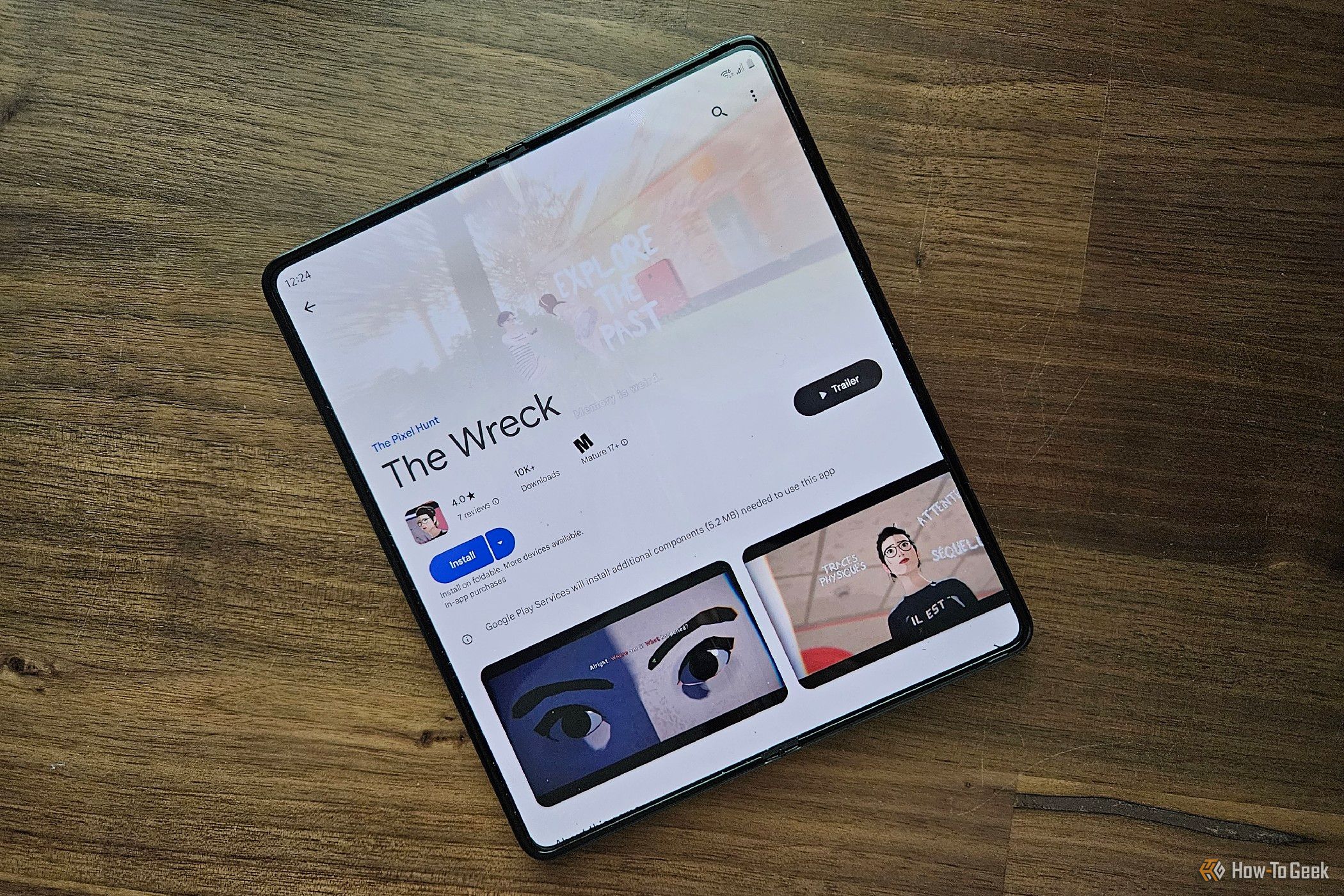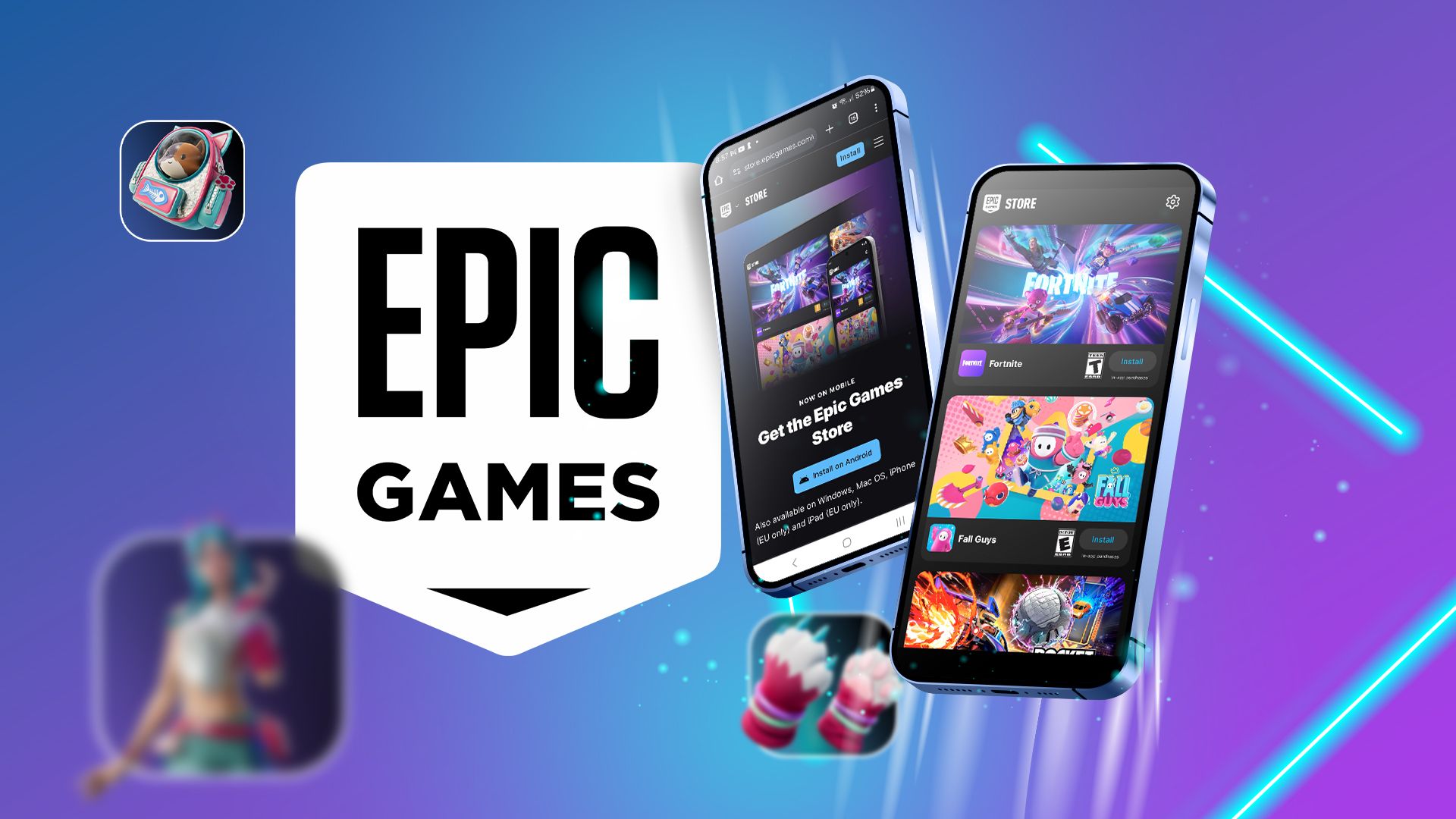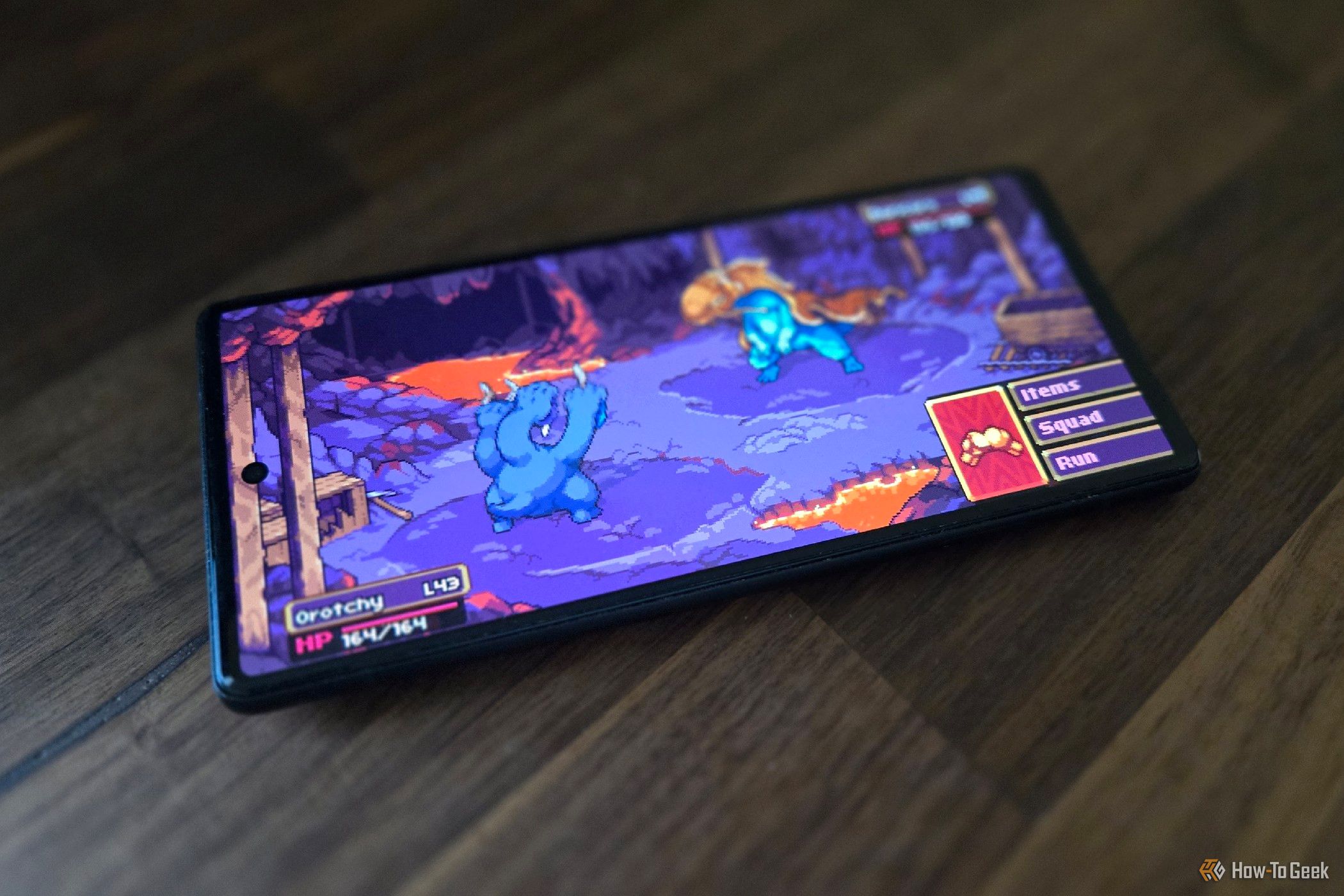Whenever I come across a new mobile game that I’m interested in, it turns out the game wasn’t actually developed specifically for Android or even iPhones. Often enough, the game actually came out for PC several years ago. Many of my favorite Android games are ports of indie PC titles.
This is a great thing. I’m no longer concerned about platform exclusivity. I just want access to great games that play well on the device I’m using. Many indie PC games happen to feel just as at home on mobile devices, if not more so.
Mouse-Based Games Adapt Well to Touchscreens
It’s easy to connect a Bluetooth-controller to a smartphone, and that’s one of the regular ways I pull out my personal favorite gamepad. Yet since the overwhelming majority of phones do not come with buttons for games (RIP Xperia Play), and there is no official controller from Google or Apple, developers can’t design games to work exclusively with physical buttons. Nothing without losing most of their potential audience, at least.
That’s why the best mobile games are often those that are well-suited for touchscreens. Puzzle and adventure games are a natural fit. So are strategy games of all sorts.
Many games designed for a mouse can easily make the transition to touch controls. This has been demonstrated by the prevalence of old-school point-and-click adventure games in Google Play like Machinarium and modern takes on the genre like Midnight Girl. The inverse is also true, which is why the PC version of Monument Valley is so playable even though the game first launched on phones.
Indie PC Games Are Wildly Creative
I grew up playing video games. While I can’t say I’ve seen it all; it sometimes feels like I have. I sold my last Nintendo console, a Wii U, in 2015. It’s 2025, and everyone’s still playing the same version of Mario Kart. Many of the best releases each year are remakes and releases. When a major studio does take a chance on an original title, it tends to stick to a familiar formula.
This isn’t the case with indie titles. Here is a world where the stakes aren’t so high. The budgets are smaller, there are fewer people involved, and games don’t have to sell millions in order to just break even. This means developers have more flexibility to be creative. Some games are even passion projects from a single person or just a handful of people.

Related
Some Gamers Are Obsessed With Indie Games, Here’s Why
Still confused about indie games? it’s time to change that.
Games like Kentucky Route Zero, Oxenfree, and The Wreck are all narrative adventure games, but each one feels like a fresh take on the genre even if you grew up binging PC adventure games. Indies have been breathing fresh life into many existing genres, and that’s only when they aren’t attempting to make entirely new ones.
Indies Are a Bargain—Especially on Mobile
Setting aside the option of being a patient gamer and sticking to previous gen consoles, indie titles offer one of the most affordable ways to game. New releases are often under $20. That’s great value at a time when AAA games often cost upwards of $70 at launch.
Yet the value is even better for mobile gamers. I discovered Coromon on Android, where it costs less than half the cost of the original PC version. This isn’t a paired down version of the game. It’s a complete port. The same is true of other titles like Dead Cells and Hyper Light Drifter. You can stretch your money further by buying mobile versions of a great games in the Play Store.
The math gets even better when you factor in how the Epic Games store is now giving away games for free. Epic’s store isn’t nearly the size of Google’s, but it’s offering great indie games out of the gate.
You may not want to play some of these games on a small screen, but you can still have a PC or console-like experience if you’re using a Galaxy phone or tablet with Samsung DeX that you can connect to an external display. Some other brands offer screen mirroring, and Google is working on baking a desktop mode directly into Android.
Mobile Is a Logical Platform for Indies to Target
Video games are a business, and mobile devices are the most popular game consoles in the world. The mobile gaming industry dwarfs PC and console gaming alike. While entering this market comes with no guarantee of success (since a mobile gamer tends to shop differently from a console gamer, even when they’re the same person), it makes sense for indie game developers to try.
AAA ports like Resident Evil Village coming to the iPhone may get much of the attention, but phones have long been powerful enough to play a majority of indie titles. Quite frankly, many of these games look and play better on phones. Coromon may have launched on PCs, but as a game inspired by the Pokémon Game Boy games, it makes natural sense on a phone.
On modern platforms, indie games tend to outnumber those from the big studios. The Xbox or PlayStation may see only a few major game releases a year, but their digital stores are packed with indie titles. The story isn’t that different on Steam or the Nintendo eShop. With most games being multi-platform these days, this increases the odds that when a game appears in the Play Store, it has already existed elsewhere and is likely coming from a smaller team.
Yet this isn’t a bad thing. Would I love to see more mobile-exclusive games? Sure! But even if my phone were to serve exclusively as a portable way to play indie PC titles, that still makes for a gaming handheld with a phenomenal library.







